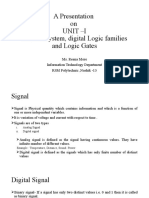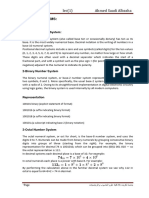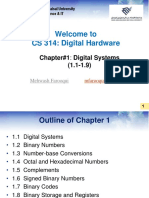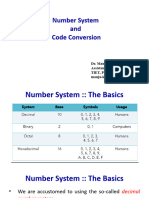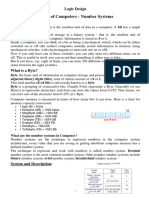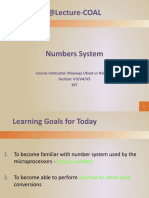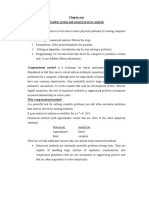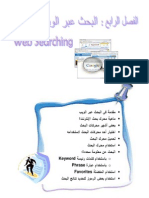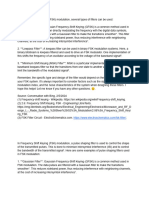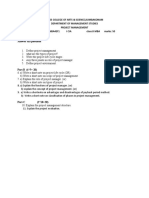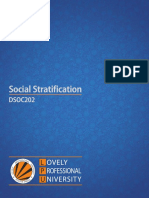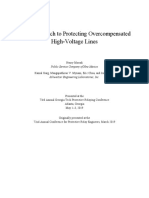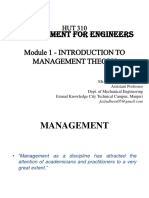0% found this document useful (0 votes)
24 views31 pagesChapter One Logic Musaab
This document provides information about different numbering systems including decimal, binary, octal, and hexadecimal. It discusses how to represent numbers in each system and how to convert between the different systems. Key points covered include:
- The bases and valid digits for each numbering system
- How to perform conversions between decimal and binary, octal, and hexadecimal
- Methods for decimal to binary conversion including repeated division by 2 and binary to decimal using place values
- Grouping bits to convert binary to octal (groups of 3 bits) and binary to hexadecimal (groups of 4 bits)
Uploaded by
htyj782dbjCopyright
© © All Rights Reserved
We take content rights seriously. If you suspect this is your content, claim it here.
Available Formats
Download as PDF, TXT or read online on Scribd
0% found this document useful (0 votes)
24 views31 pagesChapter One Logic Musaab
This document provides information about different numbering systems including decimal, binary, octal, and hexadecimal. It discusses how to represent numbers in each system and how to convert between the different systems. Key points covered include:
- The bases and valid digits for each numbering system
- How to perform conversions between decimal and binary, octal, and hexadecimal
- Methods for decimal to binary conversion including repeated division by 2 and binary to decimal using place values
- Grouping bits to convert binary to octal (groups of 3 bits) and binary to hexadecimal (groups of 4 bits)
Uploaded by
htyj782dbjCopyright
© © All Rights Reserved
We take content rights seriously. If you suspect this is your content, claim it here.
Available Formats
Download as PDF, TXT or read online on Scribd
/ 31
